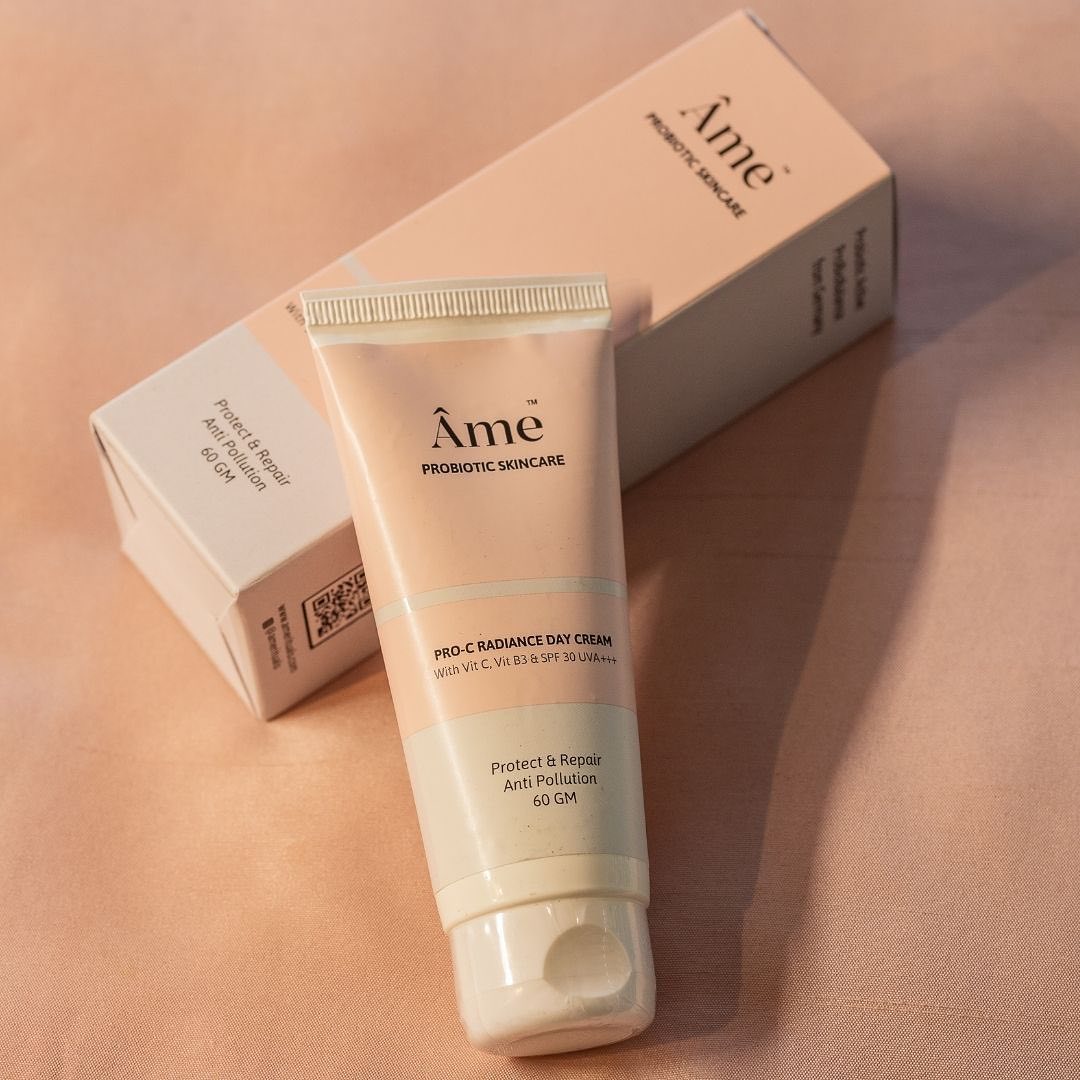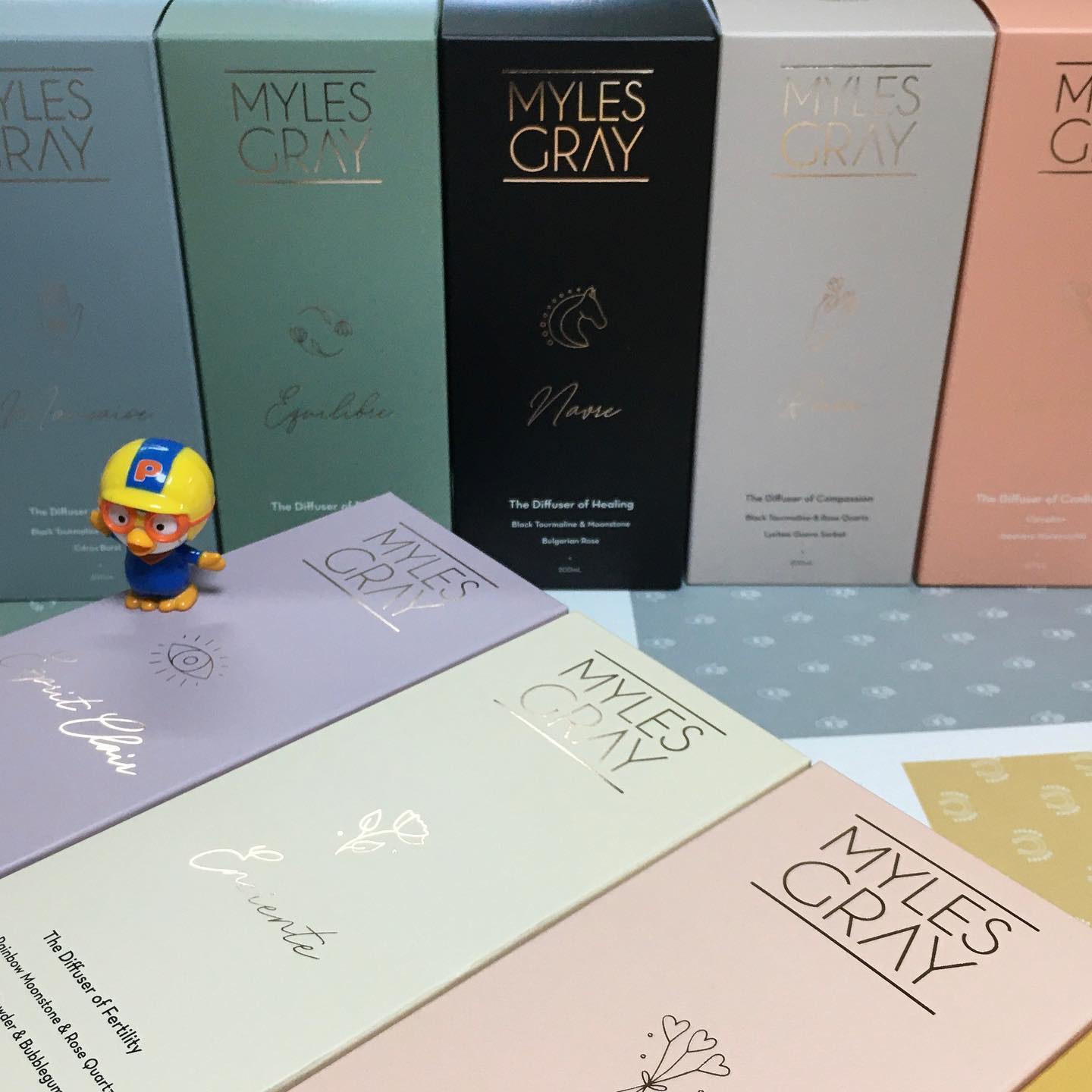Cuprins
As sustainability becomes a significant concern for consumers, cosmetic brands are increasingly focusing on environmentally friendly practices. Eco-friendly cosmetic packaging is a major aspect of this shift, with more and more businesses embracing sustainable solutions. However, making the transition to green packaging can be a complex process, as not all packaging options are created equal. In this article, we’ll explore various eco-friendly packaging options for cosmetics, discuss their benefits and drawbacks, and provide actionable tips for businesses to effectively implement these solutions. By the end, you’ll have a clear understanding of how eco-friendly packaging can elevate your brand and meet the growing consumer demand for sustainable products.

1. Why Eco-Friendly Cosmetic Packaging Matters
Eco-friendly packaging is no longer just a trend—it’s a necessity for brands that wish to remain competitive in today’s market. Consumers are becoming more eco-conscious and are actively seeking products that align with their values. The importance of switching to sustainable packaging in the cosmetics industry is evident, as it offers numerous advantages for both the environment and your brand’s image. Here’s why eco-friendly packaging is critical:
1.1 Environmental Impact Reduction
One of the most significant reasons to invest in eco-friendly packaging is to reduce the environmental impact of your business. Traditional packaging materials like plastic, Styrofoam, and non-recyclable containers contribute heavily to landfill waste and environmental pollution. By choosing sustainable materials, you minimize waste, reduce carbon emissions, and contribute positively to the planet’s health. Using materials like biodegradable plastics, glass, and recycled paper helps mitigate your ecological footprint, making it an important part of your corporate social responsibility efforts.
1.2 Cost Savings in the Long Run
While eco-friendly materials may sometimes have a higher upfront cost, they can provide long-term savings for your business. Recycled materials, for instance, often come at a lower price point than virgin materials, and minimizing packaging size can reduce shipping costs. Over time, the cost savings from using recycled, lightweight materials or compact packaging can add up significantly. Additionally, consumers are willing to pay a premium for products that come in sustainable packaging, which can help offset initial costs and increase profitability.
1.3 Enhanced Brand Image and Consumer Loyalty
Today’s consumers are more environmentally conscious than ever before, and they actively seek out brands that prioritize sustainability. By switching to eco-friendly packaging, you can appeal to this growing segment of eco-aware customers. Sustainable packaging helps position your brand as socially responsible and environmentally friendly, which can build trust and loyalty among your customer base. Over time, your commitment to sustainability will be rewarded with increased brand recognition, consumer loyalty, and a stronger competitive edge.
1.4 Compliance with Environmental Regulations
As governments and regulatory bodies around the world introduce stricter regulations regarding waste management, recycling, and plastic usage, adopting eco-friendly packaging ensures that your business stays ahead of the curve. By transitioning to green packaging options, you are not only protecting the environment but also ensuring compliance with future regulations. This proactive approach can protect your brand from potential fines and penalties and demonstrate your commitment to responsible business practices.
2. Choosing the Right Eco-friendly Packaging Materials for Cosmetics
There are several eco-friendly packaging materials available that cater to the unique needs of the cosmetics industry. However, not all materials are suitable for every product. The key is to choose packaging that aligns with your brand values, ensures product safety, and is practical for consumers. Here are some of the most popular options for eco-friendly cosmetic packaging:
2.1 Recycled Materials
Recycled materials are an excellent option for eco-friendly packaging, as they reduce the demand for virgin resources and minimize waste. Recycled cardboard, paper, and glass are common materials used in cosmetic packaging. For example, using recycled paperboard for product boxes or glass jars made from recycled glass reduces environmental impact and can provide a sophisticated and sustainable packaging solution. Additionally, recycled materials are often more affordable than new materials, helping to save costs without compromising on quality.
2.2 Biodegradable and Compostable Materials
Biodegradable and compostable packaging options are some of the most environmentally friendly materials available. These materials break down quickly and do not linger in landfills, unlike traditional plastics. Compostable plastics, plant-based materials, and certain types of paper can be used for packaging cosmetics. For instance, some cosmetic brands are using plant-based bioplastics for bottles and tubes, which break down naturally in composting environments. This type of packaging ensures that your brand is minimizing its environmental impact, while also appealing to customers who prioritize sustainability.
2.3 Glass Packaging
Glass is a classic and highly sustainable material for cosmetic packaging. It’s reusable, recyclable, and does not leach harmful chemicals into products. Glass containers are perfect for high-end cosmetic products such as serums, creams, and perfumes. Not only does glass offer excellent protection for the product inside, but it also communicates luxury and quality. The downside is that glass can be heavier than other materials, potentially increasing shipping costs, but many consumers appreciate its sturdiness and eco-friendliness.
2.4 Aluminum Packaging
Aluminum is a lightweight, durable, and highly recyclable material. It is an excellent choice for packaging items such as deodorants, skincare balms, and sunscreens. Aluminum can be easily recycled and requires less energy to produce than new aluminum, making it an eco-friendly choice for cosmetics brands. The material can also be molded into various shapes and sizes, offering versatility in design. It is also impermeable to light, which helps preserve the integrity of sensitive cosmetic products, such as oils or lotions.
2.5 Paper Packaging
Paper packaging, including cardboard, paperboard, and kraft paper, is a biodegradable, recyclable, and compostable option. It is commonly used for outer packaging, such as boxes or product wraps. Paper packaging offers a unique aesthetic and a rustic, eco-friendly appeal that resonates with consumers who prefer sustainable alternatives. Additionally, paper packaging is often lightweight and cost-effective, making it an ideal choice for many cosmetic products. Using recycled or unbleached paper can enhance the environmental benefits of this material.
3. Best Practices for Implementing Eco-friendly Cosmetic Packaging
Once you’ve chosen the right eco-friendly packaging materials for your cosmetic products, it’s time to implement them effectively. Here are some best practices to ensure a seamless transition to sustainable packaging:
3.1 Optimize Packaging Size and Design
One of the most effective ways to reduce environmental impact is by optimizing the size and design of your packaging. Using smaller, more compact packaging not only minimizes waste but also reduces shipping costs. Consider using the least amount of packaging necessary to protect your product while maintaining aesthetic appeal. Streamlined packaging also improves the customer experience, making it easier to store and use products. Smaller, simpler designs can help reduce material consumption and waste, while still creating an eye-catching package.
3.2 Consider Refillable or Reusable Packaging
Another sustainable approach is to offer refillable or reusable packaging options. Many cosmetic brands are embracing this idea by offering refillable bottles or jars that customers can purchase once and then refill with product. Reusable packaging not only reduces waste but also creates a sense of long-term value for customers. Offering incentives for refills, such as discounts or loyalty points, can further encourage customers to participate in the refill program and reduce their environmental impact.
3.3 Focus on Minimalism in Design
Minimalistic designs are not only trendy but also an eco-friendly packaging solution. By reducing the complexity of your packaging design, you can reduce the amount of materials used and create a cleaner, more sustainable product. Simple designs with fewer embellishments—such as embossed logos or clean, clear labels—are not only visually appealing but also reduce waste and resource consumption. Minimalistic packaging is easier to recycle and is often more affordable to produce.
3.4 Educate Consumers About Sustainability
It’s important to educate your customers about the sustainable practices your brand is adopting. By labeling your packaging as recyclable or compostable and using eco-friendly messaging, you can encourage customers to dispose of your packaging responsibly. Additionally, providing information about the environmental benefits of your packaging materials can help customers feel good about their purchase. Clear communication about your sustainability efforts can boost brand loyalty and attract environmentally-conscious consumers.
4. Top Examples of Eco-friendly Cosmetic Packaging
Looking for some inspiration? Here are a few cosmetic brands that have successfully implemented eco-friendly packaging and set a great example in the beauty industry:
4.1 Lush Cosmetics
Lush is a pioneer in the use of sustainable and eco-friendly packaging. Their “naked” products, such as shampoos and bath bombs, come with no packaging at all, reducing waste. When packaging is necessary, Lush uses recycled and recyclable materials, as well as biodegradable containers. Their commitment to reducing environmental impact has helped them build a strong reputation among eco-conscious consumers.
4.2 Aveda
Aveda is known for its commitment to sustainability, particularly in its packaging. The brand has made significant strides in reducing plastic waste by switching to 100% post-consumer recycled materials for their product packaging. Aveda also offers refillable options for some products, allowing customers to reuse their containers and reduce waste.
4.3 RMS Beauty
RMS Beauty offers a range of organic cosmetics packaged in eco-friendly materials. Their product containers are made from recyclable and reusable glass, and they also use recycled paperboard for outer packaging. RMS Beauty has prioritized sustainability by using eco-conscious materials and creating high-quality products that meet the needs of environmentally-aware consumers.
4.4 The Body Shop
The Body Shop has been a leader in the sustainable beauty space for years. They have made significant efforts to reduce plastic packaging by using 100% recycled plastic for many of their products. The Body Shop also encourages customers to recycle their packaging and offers refill stations in some stores to help reduce waste.
4.5 Tata Harper
Tata Harper offers luxurious skincare products in glass packaging, which is highly recyclable and reusable. The brand focuses on sustainable practices, using eco-friendly inks and recycled materials for product labels and outer packaging. Tata Harper’s commitment to sustainability has garnered praise from eco-conscious consumers who value both luxury and environmental responsibility.
5. Conclusion: Start Embracing Eco-friendly Cosmetic Packaging Today
Eco-friendly cosmetic packaging is more than just a trend—it’s a necessity in today’s world. By switching to sustainable materials, reducing waste, and adopting eco-conscious design practices, you can reduce your brand’s environmental impact while improving your bottom line. Not only does eco-friendly packaging help the planet, but it also attracts environmentally-conscious consumers and positions your brand as a leader in sustainability. Ready to make the change? Start implementing eco-friendly packaging for your cosmetics products today, and watch your brand flourish.
Întrebări frecvente
How does eco-friendly packaging help reduce waste?
Eco-friendly packaging uses materials that are recyclable, biodegradable, or reusable, significantly reducing the amount of non-recyclable waste sent to landfills. By using materials such as recycled paper, plant-based plastics, and glass, brands can reduce their overall waste and contribute to a cleaner environment.
What materials are best for eco-friendly cosmetic packaging?
Some of the best materials for eco-friendly cosmetic packaging include recycled cardboard, glass, biodegradable plastics, and aluminum. These materials are not only sustainable but also offer durability and aesthetic appeal that suits many types of cosmetic products.
Can eco-friendly packaging improve my brand’s image?
Yes, adopting eco-friendly packaging can enhance your brand’s image by showing your commitment to sustainability and environmental responsibility. Consumers are increasingly drawn to brands that prioritize eco-conscious practices, which can boost customer loyalty and attract a new, environmentally-aware audience.










